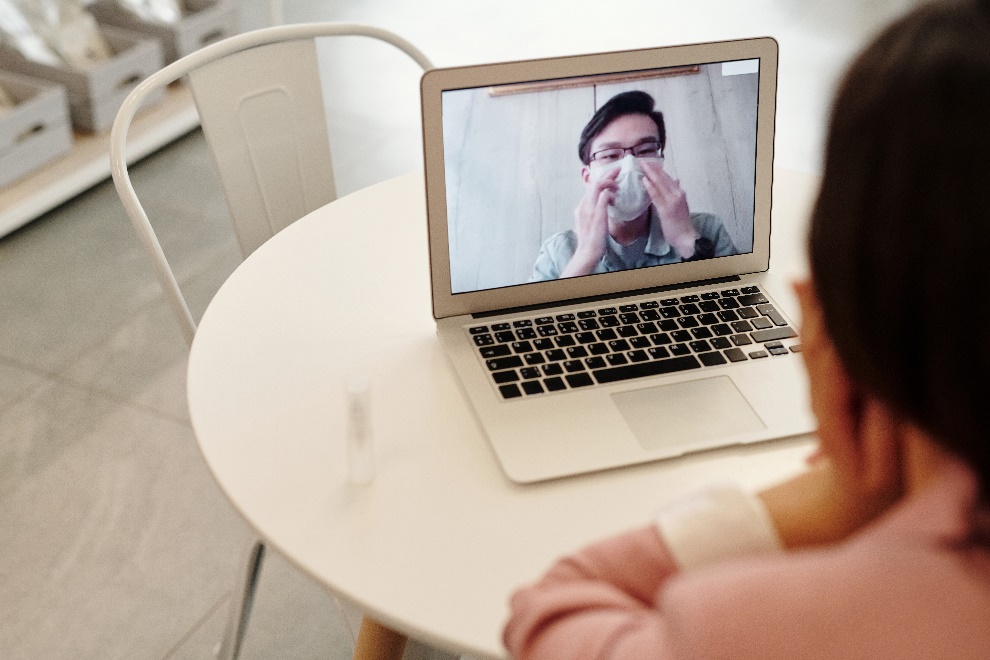Telemedicine vs. Traditional Healthcare: Making an Informed Choice
In the ever-evolving landscape of healthcare, the rise of telemedicine has sparked a significant shift in how individuals access medical services. As we navigate through the complexities of modern healthcare, it's essential to weigh the advantages and drawbacks of telemedicine against traditional healthcare models. This healthcare comparison will help individuals make informed decisions about their healthcare needs.

The Convenience Conundrum
One of the most apparent distinctions between telemedicine and traditional healthcare is the level of convenience they offer. Telemedicine, with its virtual consultations and remote monitoring capabilities, provides unparalleled convenience for patients. No longer constrained by geographical distances, individuals can access medical advice from the comfort of their homes.
On the other hand, traditional healthcare, rooted in brick-and-mortar facilities, requires patients to physically visit clinics or hospitals. While this traditional approach may be suitable for serious or emergency cases, it poses challenges for routine check-ups or minor health concerns. This aspect of the healthcare comparison highlights how telemedicine adapts to the fast-paced, digitally connected world we live in.
Personalized Care vs. Face-to-Face Interaction
One critical aspect of the healthcare comparison is the level of personalization and human connection provided by both telemedicine and traditional healthcare. Traditional healthcare relies heavily on face-to-face interactions between patients and healthcare professionals. This direct contact allows for a more personal connection, enabling physicians to observe non-verbal cues and build a stronger patient-doctor relationship.

Telemedicine, while embracing technological advancements, may lack the same depth of personal connection. The virtual barrier between patients and virtual doctors could potentially limit the ability to pick up on subtle physical cues or establish the same rapport found in traditional healthcare settings. However, telemedicine compensates by offering a different kind of personalized care, leveraging technology to monitor and tailor treatment plans to individual needs.
The Technological Advantage
In the realm of healthcare comparison, technology plays a pivotal role. Telemedicine leverages digital platforms, mobile apps, and wearable devices to enhance the efficiency of healthcare delivery. Patients can schedule appointments, access medical records, and even receive real-time health data, providing a more proactive approach to healthcare management.
Traditional healthcare, while incorporating technology to some extent, may struggle to match the level of integration offered by telemedicine. Electronic health records (EHRs) have become more prevalent in traditional settings, but the transition from paper-based systems is still an ongoing process. This technological disparity is a crucial factor for those who prioritize streamlined and tech-savvy healthcare experiences.
Access to Specialized Care
Healthcare comparison also extends to the accessibility of specialized medical expertise. In traditional healthcare models, accessing specialized care often involves referrals, long waiting times, and sometimes even geographical barriers. Telemedicine, however, breaks down these barriers by providing easier access to specialists regardless of location.

Patients in remote or underserved areas can benefit significantly from telemedicine, as it enables them to connect with online doctors without the need for extensive travel. This aspect of the healthcare comparison underscores how telemedicine can democratize access to specialized care, addressing healthcare disparities and ensuring that individuals receive the expertise they require promptly.
Cost Considerations
Cost is a crucial factor in any healthcare comparison. Traditional healthcare, with its infrastructure of hospitals, clinics, and in-person consultations, can incur substantial expenses. From transportation costs to facility fees, the financial burden on patients can be significant.
Telemedicine, by virtue of its remote nature, often proves to be a more cost-effective alternative. Virtual consultations eliminate the need for travel, reducing associated expenses. Additionally, telemedicine can lead to early intervention and preventive care, potentially lowering overall healthcare costs in the long run.
Balancing Act: Integrating Telemedicine and Traditional Healthcare
In the healthcare comparison, it's essential to recognize that these models need not be mutually exclusive. A hybrid approach, integrating both primary care doctors online and traditional healthcare, could offer the best of both worlds. Routine check-ups, preventive care, and minor health concerns could be efficiently addressed through telemedicine, while serious or emergency cases continue to receive the immediate attention provided by traditional healthcare settings.

With TelMDCare, you, too, can book an online consultation with a general practitioner online all across the US. Tap here to sign up.